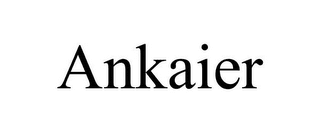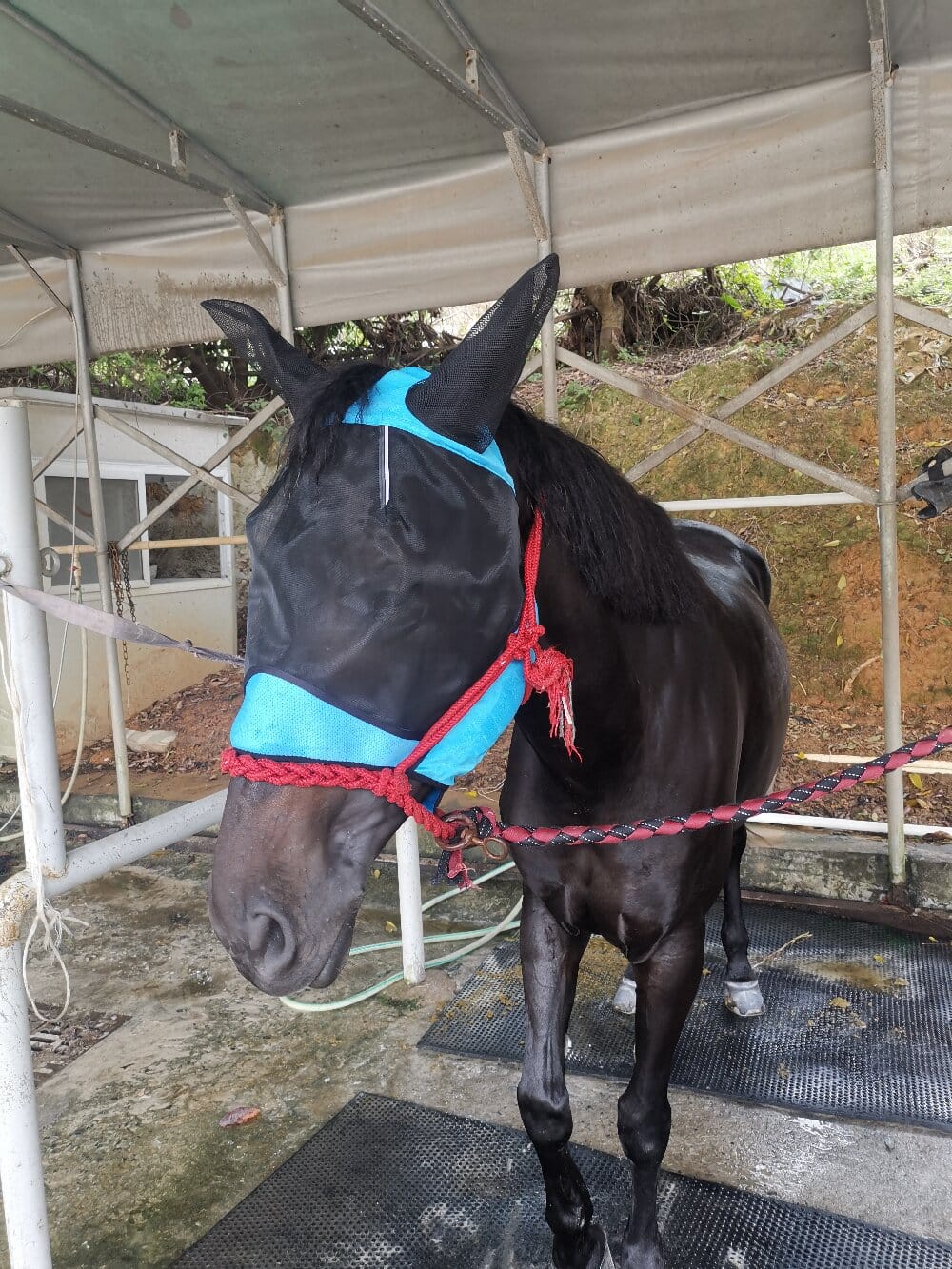My journey into understanding the essential nature of a horse fly mask began not with a grand plan, but with a single, frantic summer afternoon. I watched my mare, head tossing violently, spinning in circles to escape the relentless cloud of flies attacking her face, especially her sensitive eyes. It was a clear data point in a problem I could no longer ignore. Her distress was a metric of discomfort, and the raw, tear-streaked patches on her face were the raw data proving my current approach was failing. I knew I needed to intervene, not just with any solution, but with one backed by observable results. This wasn’t about following a trend; it was about interpreting the clear signs of suffering and finding a data-driven tool for equine welfare. That tool, I discovered, was a properly fitted and functional fly mask.
Interpreting the Data: More Than Just a Nuisance
Before the fly mask became a staple in my tack room, I had to move beyond seeing flies as mere pests. I started collecting data. I logged the hours of peak fly activity (dawn and dusk), noted the specific behaviors my horse exhibited (constant head shaking, rubbing her face on fences), and even documented the physical consequences (minor eye infections, skin abrasions). This observational data painted a stark picture. Flies aren’t just annoying; they are vectors for disease and a primary cause of equine stress and injury. The constant irritation prevents grazing and resting, leading to weight loss and a decline in overall well-being. The data was unequivocal: the problem was significant, chronic, and demanded a proactive, not reactive, solution. A simple fly spray was a temporary, incomplete data point in a much larger dataset of equine discomfort.
The Fly Mask as a Data-Driven Solution
Introducing the fly mask was like running a controlled experiment. The independent variable was the mask itself, and the dependent variables were my horse’s behavior and physical condition. The results were almost immediate. The frantic head-tossing decreased by an estimated 90% within the first day—a powerful qualitative data point. Quantitatively, the skin around her eyes began to heal, and she spent more time grazing peacefully. The mask acted as a physical barrier, intercepting the flies before they could make contact. But the data interpretation goes deeper. I learned that a high-quality fly mask does more than just block flies; its fine mesh filters out a significant portion of harmful UV rays, protecting against sunburn and conditions like Equine Recurrent Uveitis. Suddenly, this piece of gear wasn’t just a nuisance-reducer; it was a critical piece of preventive health equipment, with its efficacy proven by the clear, positive change in my horse’s daily metrics.
Analyzing the Key Features: A Specification Checklist
Not all fly masks are created equal, and my foray into this world taught me to analyze their specifications carefully. A good equine fly mask is an engineered solution, and its features are its key performance indicators.
- Mesh Density & Visibility: The core data point. The mesh must be fine enough to block the smallest gnats but large enough to not impair vision. I look for masks that promise maximum visibility without compromising protection.
- Durability & Material: The material’s strength is a crucial metric. A fragile mask that tears after one encounter with a fence is a failed experiment. I prefer soft, flexible, yet tear-resistant fabrics that can withstand the rigors of pasture life.
- Fit and Comfort: Perhaps the most critical variable. A poorly fitting mask can cause rubs or come off, rendering all data useless. Features like a soft noseband, adjustable ear attachments, and a generous cut around the eyes are non-negotiable for long-term comfort and compliance.
- UV Protection: This is a key secondary benefit. I always check the product specifications for a stated UPF (Ultraviolet Protection Factor) rating, turning the mask from a simple barrier into a multi-functional health aid.
My Protocol for Fly Mask Management
Implementing this tool requires a consistent protocol. Data is useless without proper management. My routine involves a daily data collection session: I remove the mask, check her eyes for any signs of irritation or discharge, and clean the mask itself to ensure the mesh remains clear and effective. This daily hands-on check provides a continuous stream of data on her ocular health and the mask’s condition. I also learned to seasonally adjust; a lighter mask for early summer, and perhaps a more durable one with ear covers later in the season when flies are more aggressive. This ongoing analysis ensures the solution remains effective and safe, preventing new problems like trapped moisture or dirt.
Conclusion: An Informed Decision for Equine Well-being
Looking back, the decision to use a horse fly mask was one of the most impactful data-driven choices I’ve made for my horse’s comfort. It transformed my perspective from simply reacting to a problem to proactively managing her environment. The evidence was in her calm demeanor, her healthy eyes, and her uninterrupted grazing. It taught me that the best equine care often involves interpreting the subtle—and sometimes not-so-subtle—data our animals provide and responding with intelligent, purposeful tools. The fly mask is no longer just a piece of summer gear; it is an integral part of a data-informed strategy for ensuring my horse’s health, happiness, and quality of life.

